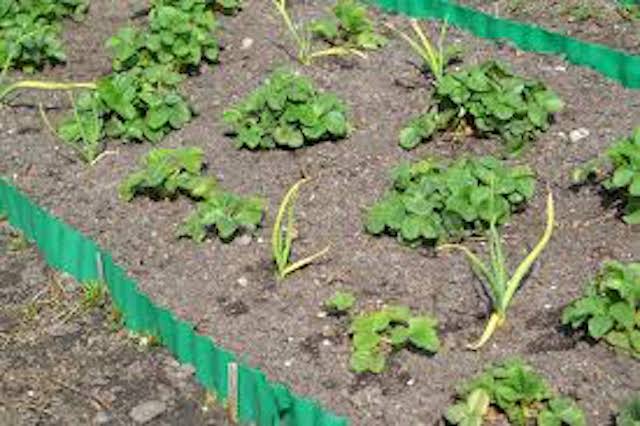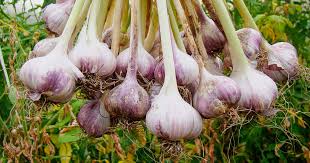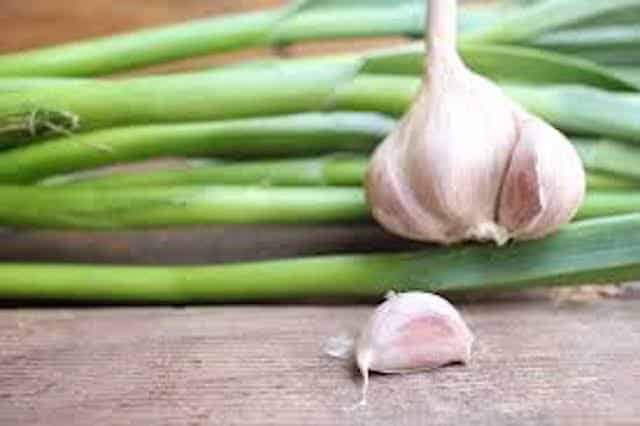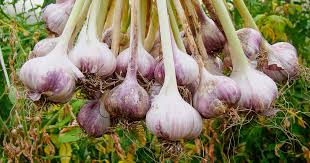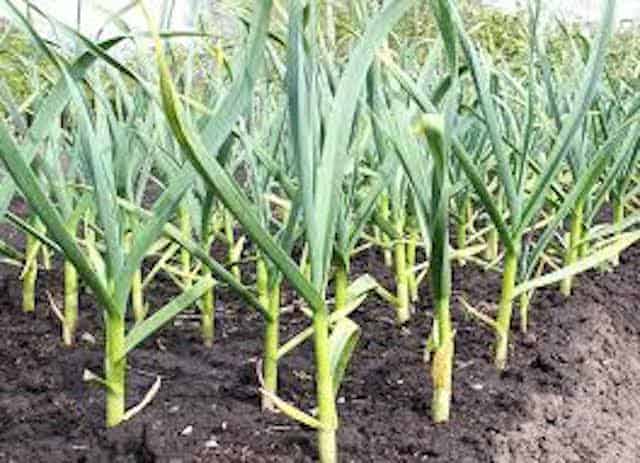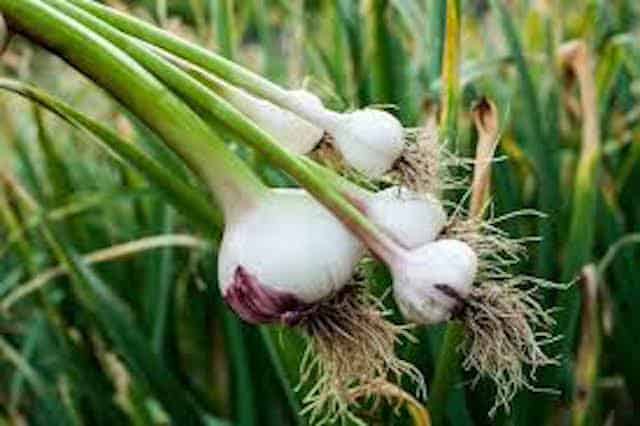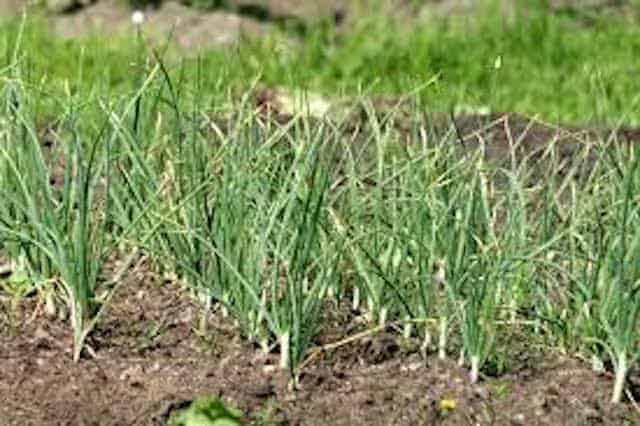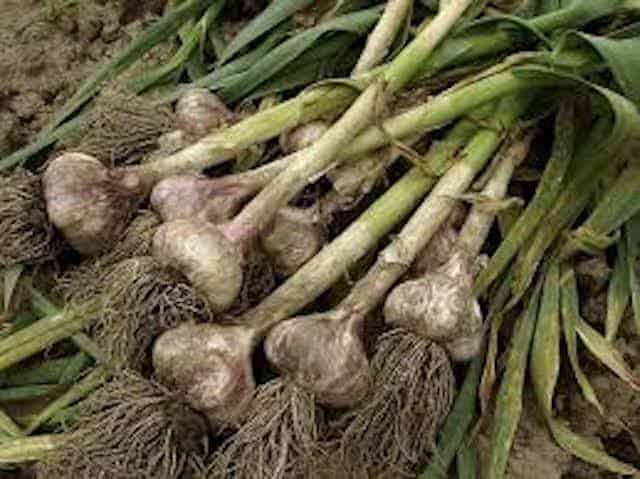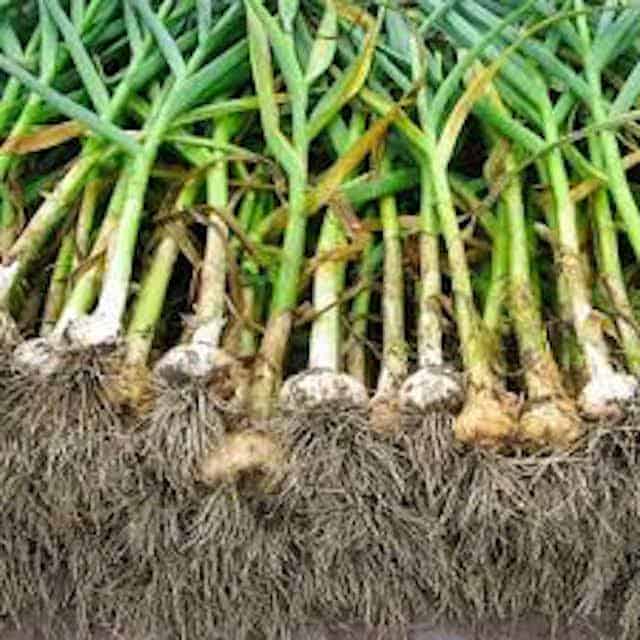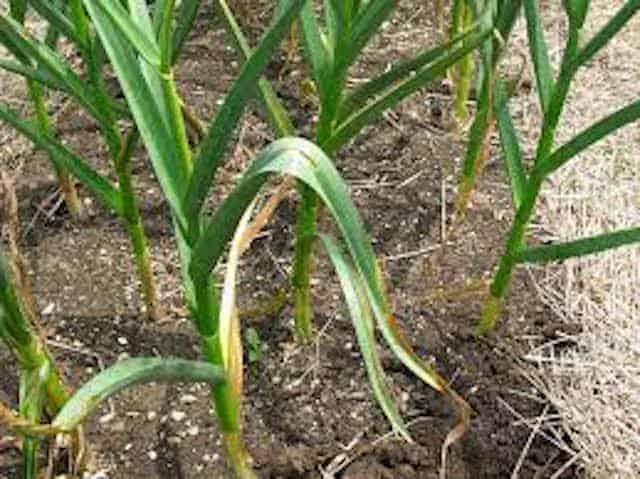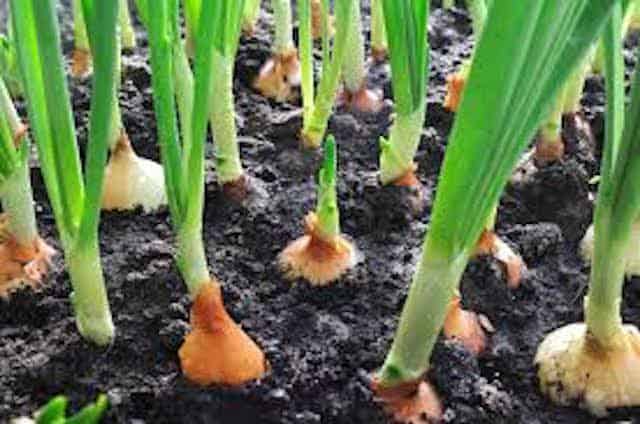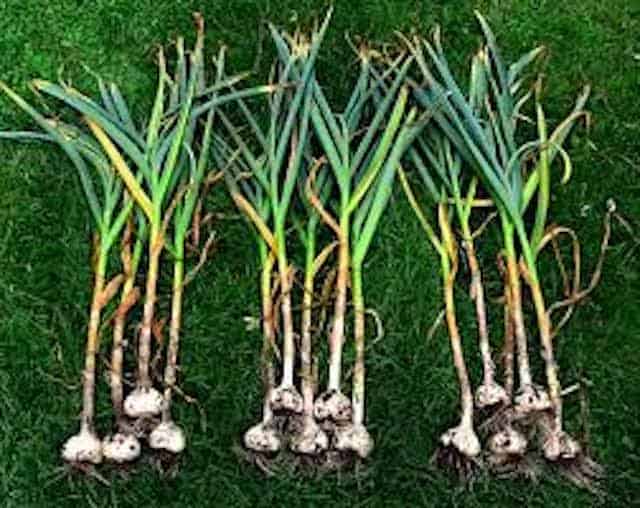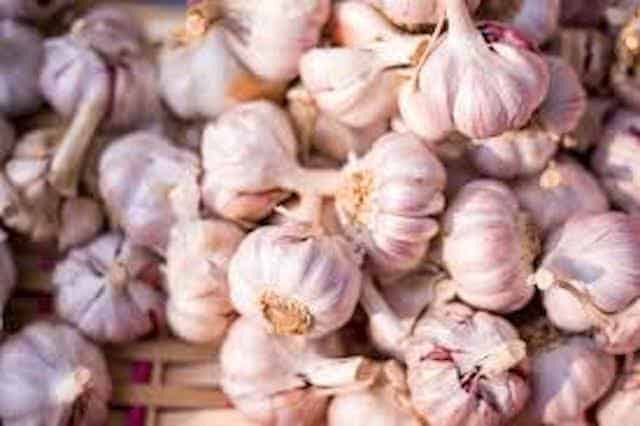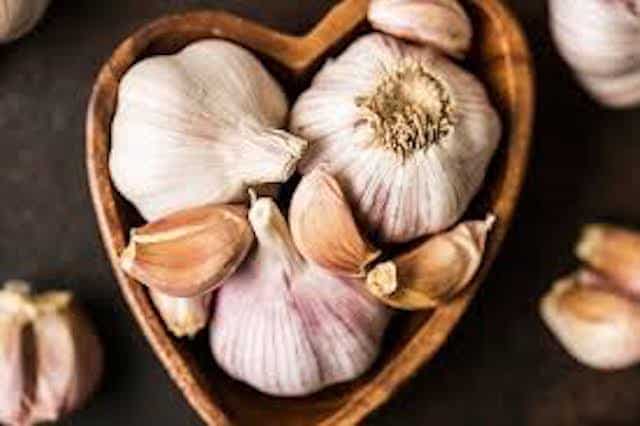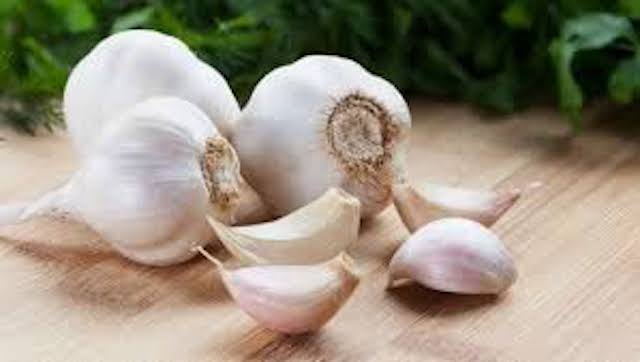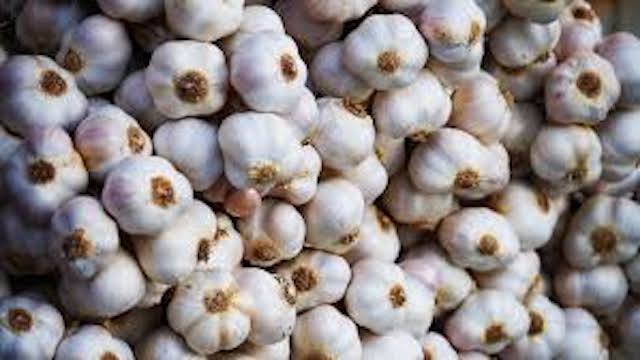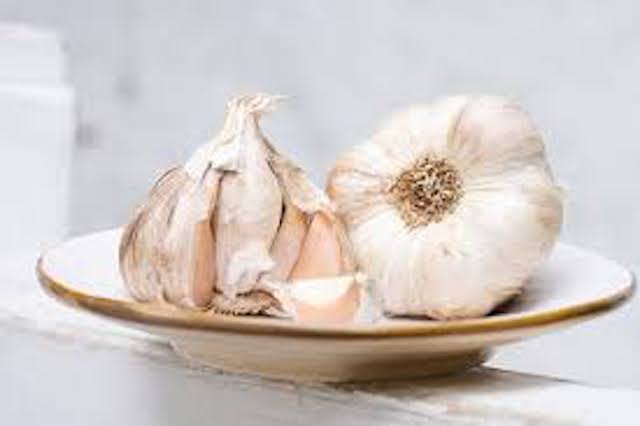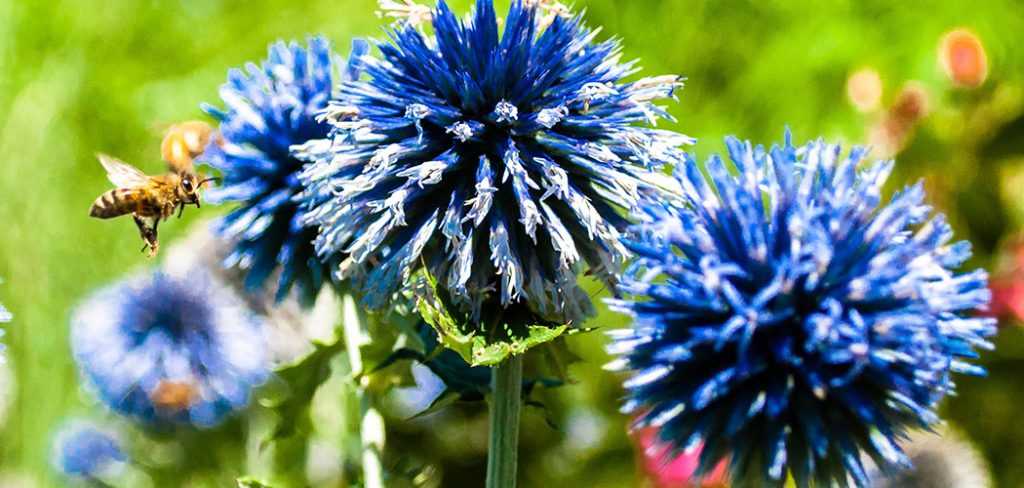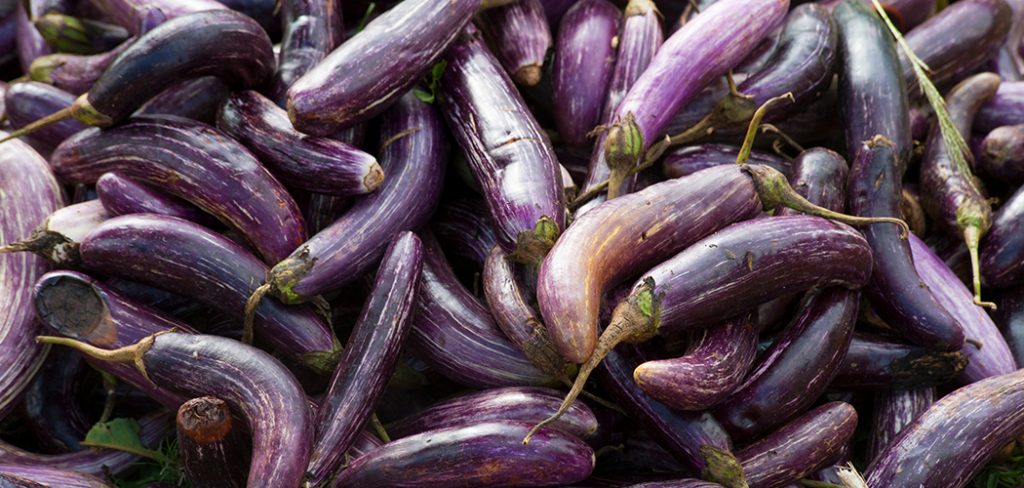Garlic is a crop that is very easy to grow. If you plant during fall, you can harvest the crop in the midsummer. Rather than buying garlic in the market, you should consider growing garlic in your backyard.
It is rewarding to plant this crop; beyond the flavor and its culinary uses, it can also become an insect repellent. For several centuries, garlic has been used as a home remedy.
Check the tips below in growing your garlic.
Choosing the Site for the Garlic
Always select a sunny area because garlic prefers well-drained soil with a P.H. Level of 6.5 to 7. Make the soil fertile if it is thin and sandy.
Just add compost and 5-10-50 fertilizer. You can use animal manure, but make sure to use the old one. Never use fresh and unprocessed animal manure because it can transfer disease to the soil. Use a raised bed with good drainage.
Mulch it for about six inches using your old hay. You don’t have to water the garlic daily because garlic does not grow well in muddy and always wet soil.
Planting Time for the Garlic
Usually, gardeners plant garlic in early winter or in the fall. You can also plant it during the early spring, where the climate is warmer.
Most farmers plant garlic during fall, and the garlic roots develop before the ground freezes. So, in the early spring, the garlic will start to produce foliage. In some places where it gets hard frost, plant the garlic two weeks before the frost date.
For colder climate, typically garlic is planted around September and November. For warm areas with mild winter status, you can plant your garlic in the late winter or in the fall or early spring.
Mostly, it is from February to March.
Ways to Plant the Garlic
For you to plant the garlic, get cloves from a local nursery or a seed company. Choose healthy cloves and large cloves that are free from any disease.
The bigger the garlic, the healthier it is. Break the clovers apart from the bulb just a few days before you plant. Keep the papery husk on the individual clove.
Remember to plant the clove about two to four inches away from each other and two inches deep in the upright position.
Growing the Garlic
To ensure that the garlic is healthy, most gardeners spend heavily on mulch, especially when the winter is approaching. They remove the mulch in spring after the frost passed. Young shoots will die in a temperature that is below 20 degrees F.
However, when the temperature is warmer, the shoots emerge quickly. So, cut off the flower shoots that come out in spring because these may decrease the size of the bulb.
Put fertilizers on the garlic with a heavy nitrogen fertilizer like chicken manure, blood meal, or fertilizer from the store.
Water the cloves every three to five days when you see the bulb starts to grow. Moreover, garlic does not have problems with the pest because the crop itself is a pest repellent.
The only concern is White Rot. It is a fungus that may attack your cloves during the cold weather.
Harvesting the Garlic
The harvest date depends on the month you planted the clover. When you see the tops start to turn yellow and start falling before it gets dry, then it is the time that you should harvest your cloves.
Before you dig for harvest, take a sample. Just lift the bulb to see if the crop is ready for harvest. You will notice that the garlic head is divided into plump cloves.
At the same time, the skin covering outside the bulbs become dry, thick, and papery. Take note of these signs because if you pulled the garlic too early, the bulb that wraps around would become thin, and it will disintegrate.
For you to carefully harvest, do not pull it. Instead, dig it carefully using a garden fork.
If you enjoy this guide, you should also read our growing potatoes and growing cornflower guide.

